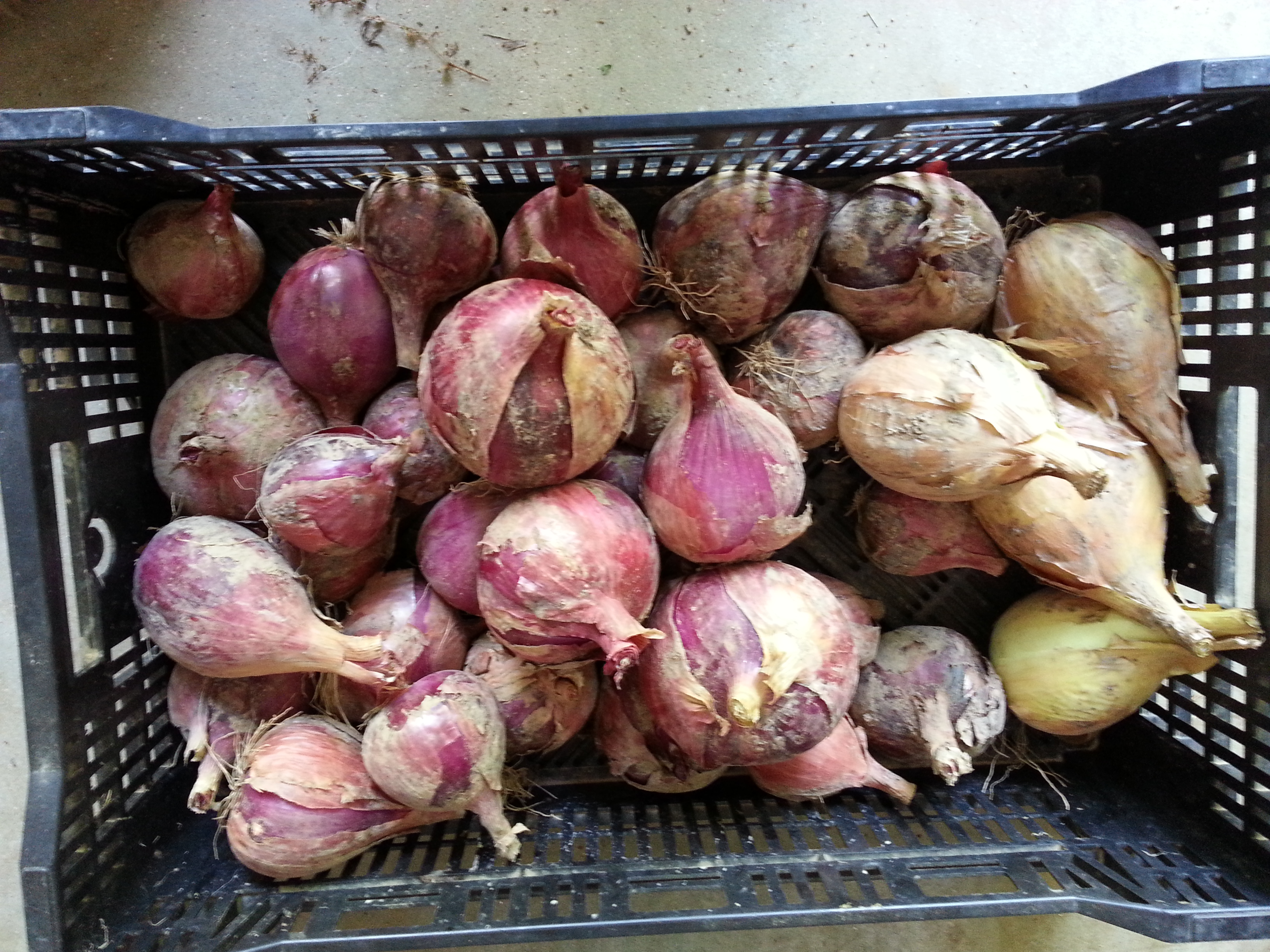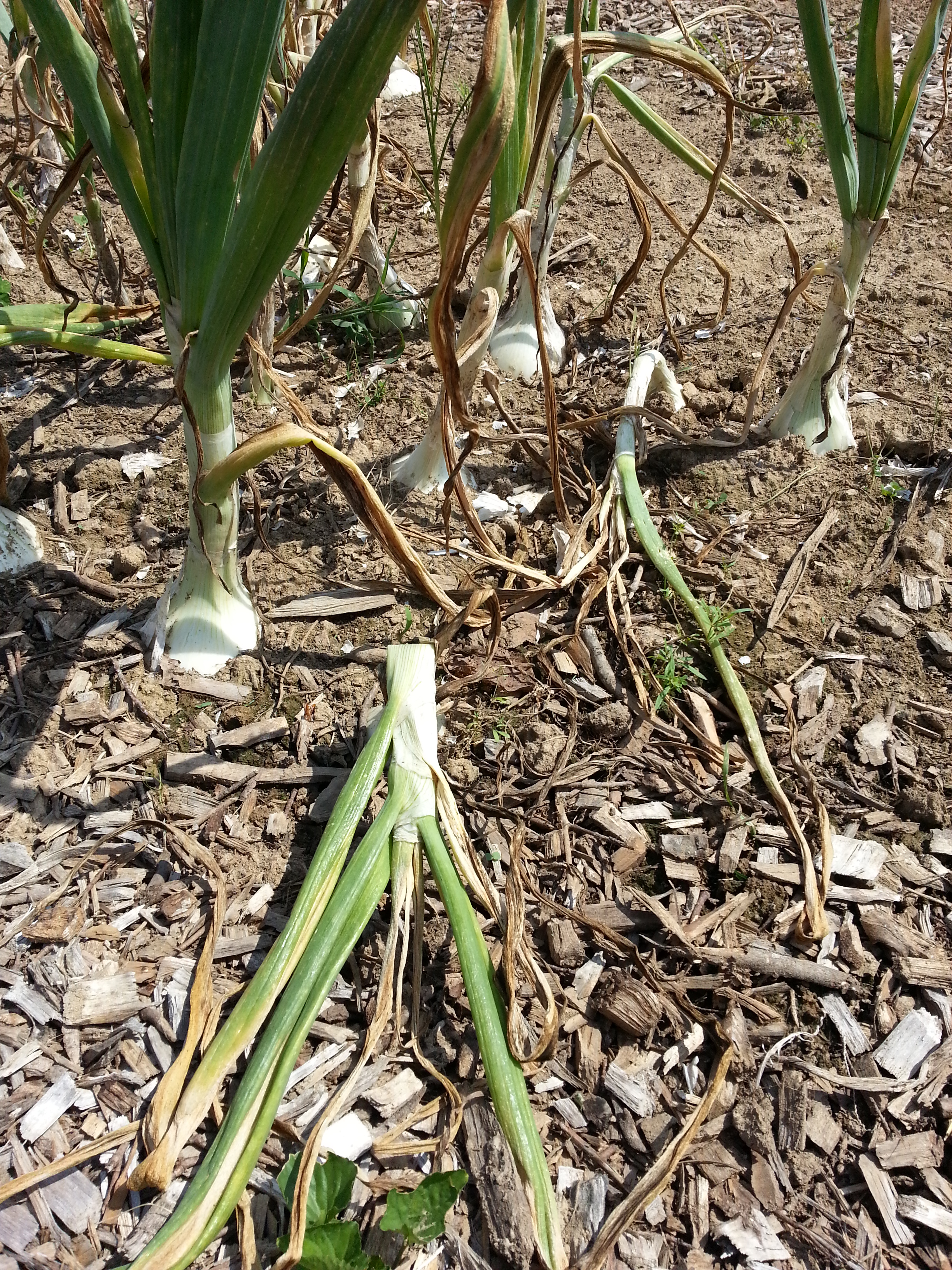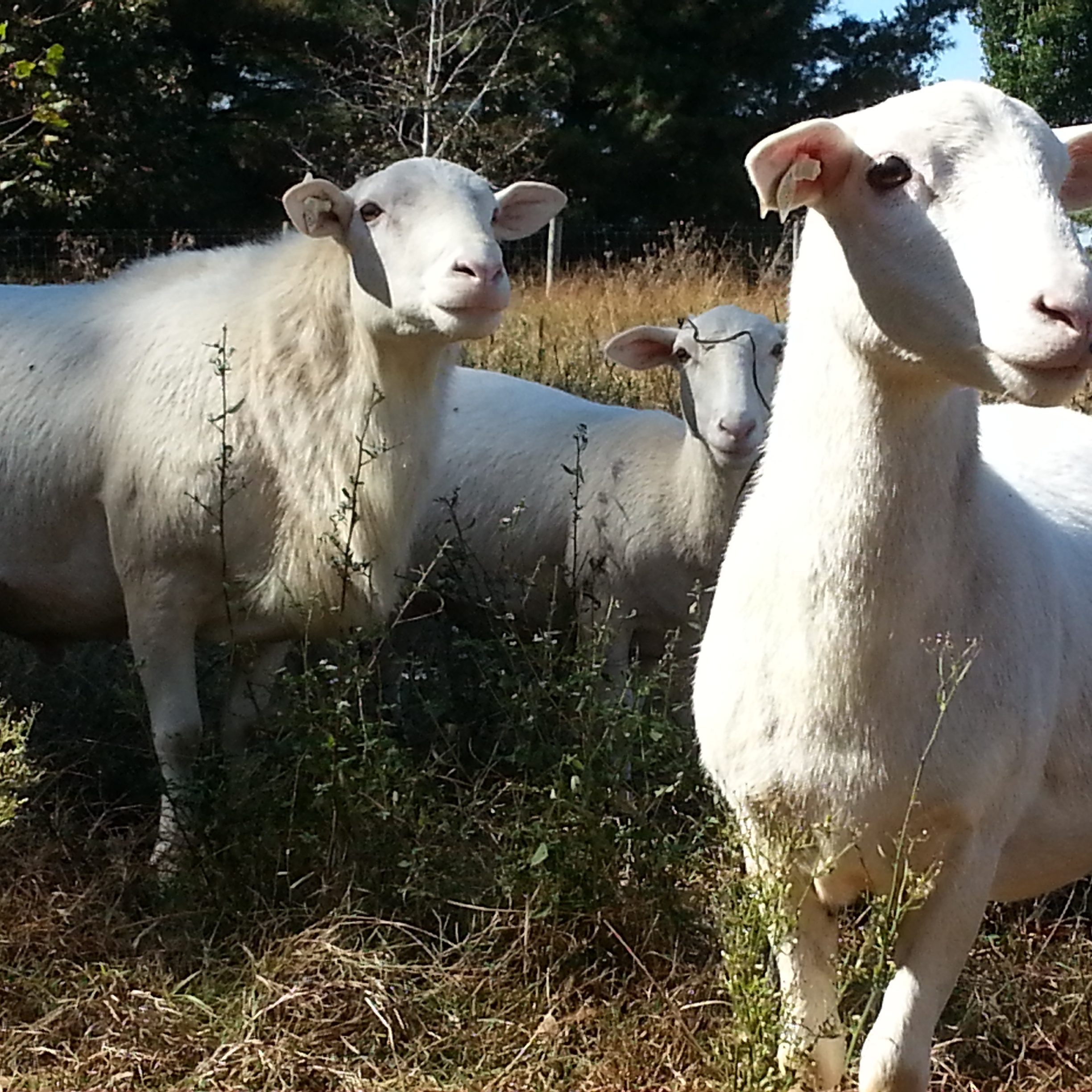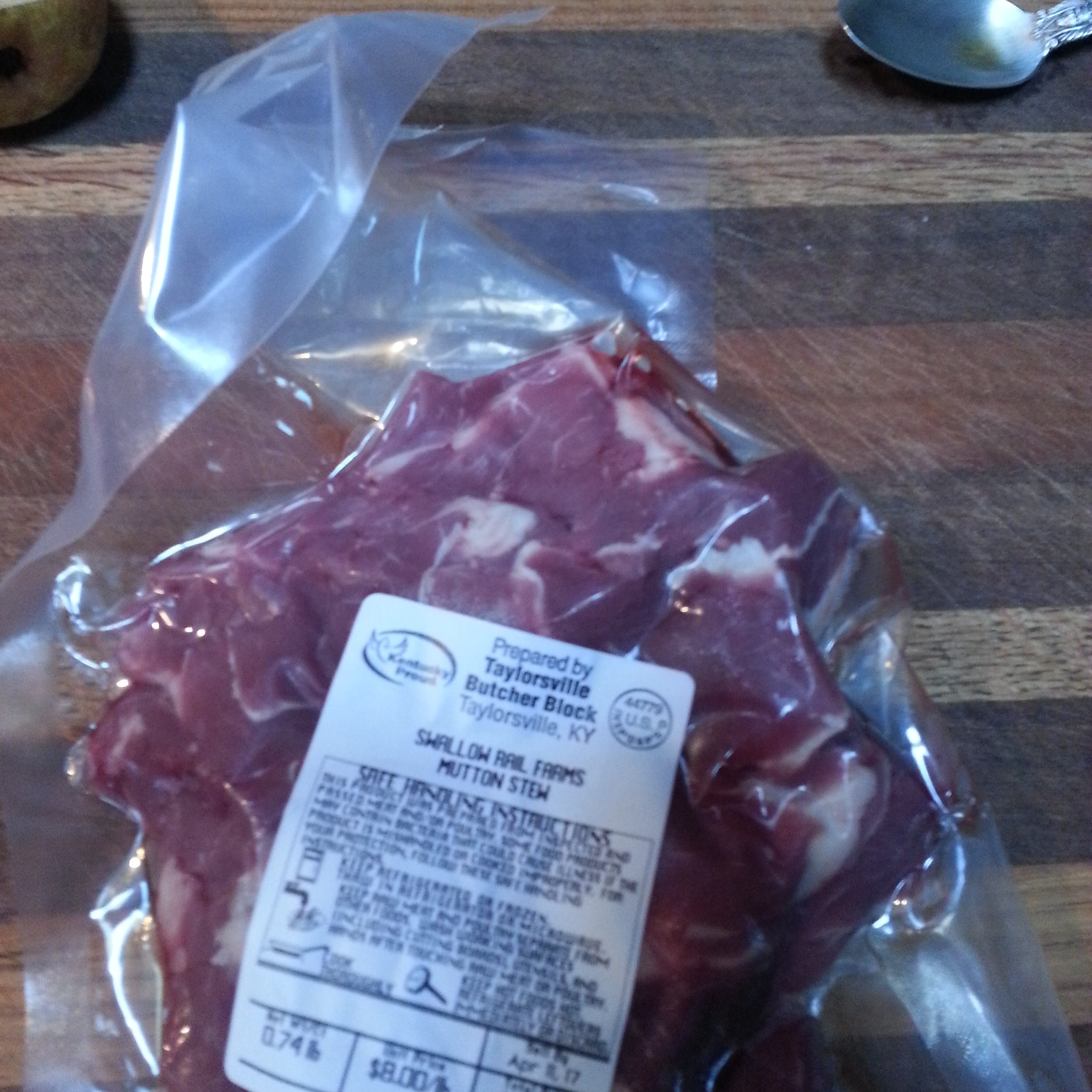“Tomato 101” is for beginners and advanced gardeners alike, although I suspect there will be more first-time vegetable gardeners this year due to our isolation at home. There are many assumptions about the tomato that get passed on by the most well-meaning aficionado and I would like to address the most fundamental. I take my tomatoes seriously and have developed a routine to hedge my bets for a healthy summer harvest.
When it comes to spring fever the tomato is most abused, most people still plant too early. First wait until our frost-free date (on average this is May 10th, give or take a week depending on where you are located). After the frost-free date, the average air and soil temperature is usually warm enough for tomatoes to function efficiently. Soil temperatures should be at least 55 degrees and the ambient night-time air temperature should be above 58 degrees otherwise the plant will be stunted and less vigorous. The ideal conditions for growth, fruit set and ripening are daytime temperatures in the 80’s, nighttime temperatures in the 60’s…the perfect summer, which we have maybe one week out of the whole summer!
Tomatoes love two things: heat and well-drained soil. I can almost guarantee a successful season if you prepare the soil with lots of compost. This provides a slow release of nutrients throughout the entire season; it also dramatically improves drainage while retaining even moisture. Over fertilization can stress the plant so compost is far superior to weekly conventional stimulants. For example, too much nitrogen will encourage leafy growth at the expense of bloom. Lack of magnesium, which aids in chlorophyll production and respiration of plants, can also delay fruit set. Compost delivers a slow, healthy dose of both.
When you plant pinch off the lower sets of leaves and sink the plant as deep as you can. Additional roots will develop at the leaf nodes thus making a stronger plant in the long run. Once the plant is set than mulch it well in order to control weeds, prevent soil from splashing on the plant (which is one of the primary ways that disease spreads to your plant), and to moderate soil moisture (important in controlling blossom end rot). Use any organic mulching material; I typically use newspaper with pine straw mulch on top. I have also found that the newspaper-pin straw combo works great as winter mulch for weed control, by next spring it has broken down enough that I simply turn it back into the soil.
I cannot emphasize the use of mulch enough. It means that during times of drought you will have to irrigate very little and it moderates soil moisture and temperature which keeps the plant producing. Tomatoes rather like being a bit on the dry side and rapid fluctuations in soil moisture cause one of the most common tomato condition known as blossom end rot (as well as contributing to blossom drop, leaf curl, and splitting fruit). When plants fluctuate between too wet and too dry a calcium deficiency develops in the plant which then causes the blossom end of the fruit to rot. You can usually avoid all of this with a good layer of mulch.
I typically sucker my plants (the practice of removing the new growth the emerges between stems and branches) early in the season to encourage good branching structure; I will stop suckering once the tomatoes start to produce their second flush of fruit to ensure that there is plenty of foliage to shade the ripening fruit from the hot summer sun.
Healthy plants that receive a slow, natural source of nutrients; have adequate moisture and excellent drainage will resist pest problems on their own. If you rotate your crop, keep the garden weed-free and mulch your plants you will further avoid many of the diseases that plague tomatoes. Remove leaves as they appear infected and don’t inadvertently spread it by handling healthy plants afterwards.















